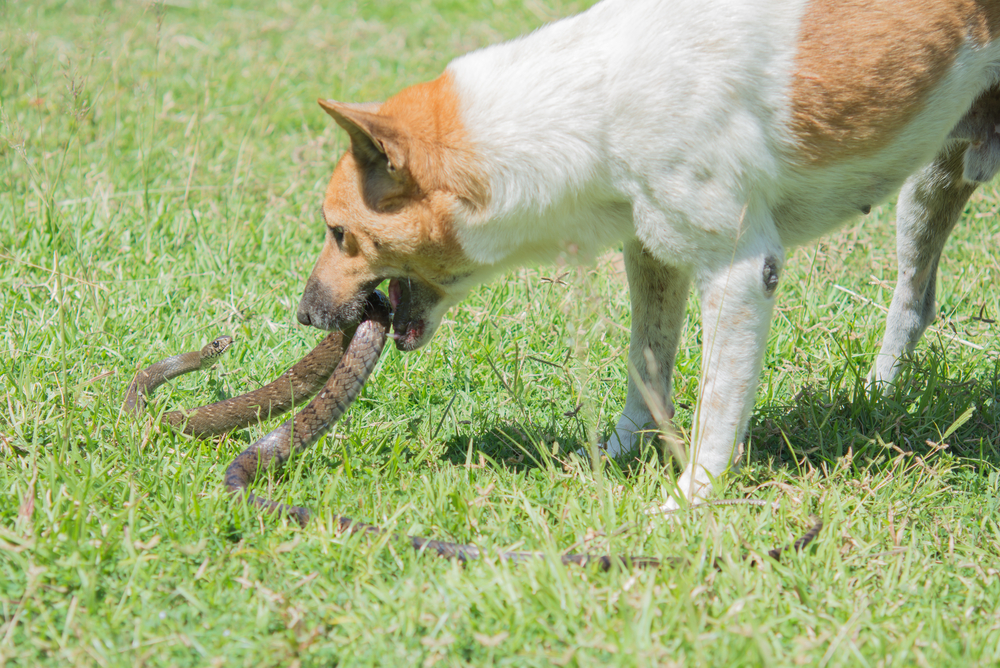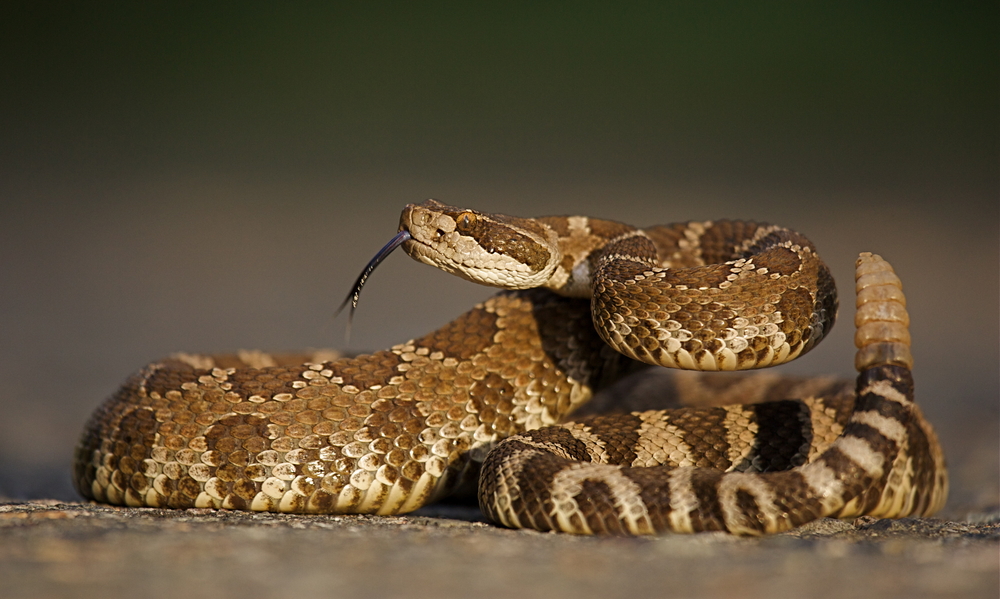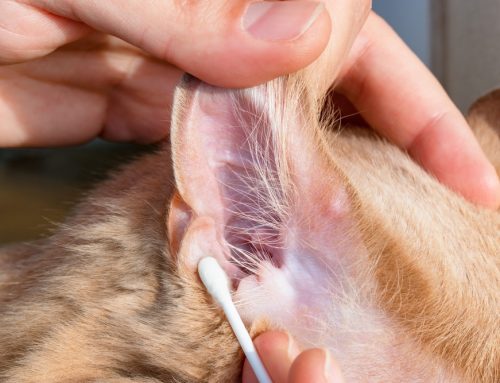Dogs and cats are notoriously curious about their environment. They want to investigate every hole, scent, and moving object, a tendency that puts them in danger when their exploration leads to a snake. Most snakes will not bother humans or pets if left alone, but will strike out if provoked. Our team at South Shores Pet Clinic provides information about the snakes in our area that you should watch out for, and recommends precautions to keep your pet safe.
Non-venomous snake bites and your pet
While a nonvenomous snake’s bite is not fatal, they can cause infection, and should be treated appropriately.
- The bite will typically appear as tiny pin pricks in a horseshoe shape.
- If your pet has thick fur, trim or clip the hair to see the wound.
- Remove any teeth left in your pet’s skin. A tooth left behind can result in a ferocious interaction.
- Clean the area thoroughly with a mild disinfectant.
- Monitor the wound closely over the next several days for infection. Redness, swelling, or discharge indicate an infected wound.
- If the wound becomes infected, bring your pet to be evaluated by our veterinary team as soon as possible.
Venomous snakes your pet may contact in this area
Six venomous snake species are found in California. All are rattlesnakes, aptly named because they have a rattle at the end of their tail. Hollow, interlocking keratin pieces make up this rattle, which snakes vibrate when they feel threatened. Rattlesnakes are classified as pit vipers, and can be identified by their thick, fat bodies, triangular heads, vertical pupils, and facial pits between their eyes and nostrils.
- Western rattlesnake
-
- Color ranges from pale yellow to dark brown shades
- Back and sides are covered in dark markings surrounded by uneven white edges
- Near the tail, light and dark rings alternate
- Western diamondback
-
- Considered the most dangerous in California because they are large and aggressive
- Usually gray brown in color
- Dark markings cover the back and become diamond-shaped toward the tail
- Grey and black bands alternate at the tail
- Southwestern speckled rattlesnake
-
- Color depends on colors in their habitat
- Dark, speckled, banded markings cover the body
- The tail rings contrast greatly to the body coloration
- Sidewinder
-
- Propels their body sideways in a “S” formation
- A horn-like scale is above each eye
- Color ranges from pale cream to grey
- Mojave rattlesnake
-
- Much smaller than the diamondback rattlesnake
- Color ranges from tan to olive green
- Dark, defined, diamond-shaped pattern covers the back
- Light and dark rings alternate at the tail, with the dark rings much narrower than the light
- Red diamond rattlesnake
-
- Color ranges from pink to brick red
- Diamond-shaped pattern that covers the back is surrounded by uneven white edges
How do I protect my pet from a snake bite?
Pets can be difficult to corral, which complicates your ability to keep them safe from snakes, but you can take the following precautions.
- Keep your pet on a leash when walking in areas that snakes are likely to inhabit.
- Never let your pet stick their nose in deep brush.
- Do not let your pet wander unsupervised.
- If you see a snake, stay far away.
Venomous snake bites and your pet
A venomous snake’s bite can be fatal for your pet. Bites to the chest and face tend to result in higher death rates.
- The severity of the response depends on your pet’s size in relation to the snake, how many times they are bitten, and the location of the bites on the body.
- Signs include drooling, panting, restlessness, and excessive swelling and pain at the site.
- The rattlesnake venom is hemotoxic, resulting in the bite area becoming swollen and discolored in minutes. A dark, bloody fluid may ooze from the wound and the skin may begin to slough. Tissue damage can be so extensive the pet requires skin grafts or amputation.
- If you can safely get the snake’s picture, this will help our veterinary team identify the species that bit your pet. Knowing the exact species responsible is helpful during treatment.
If your pet is bitten, keep them as quiet and still as possible, and take them to our veterinary clinic immediately. Attempting to suck the venom from the bite wound is futile, and only delays your pet getting the treatment they need.
Can the rattlesnake vaccine save my pet?

The rattlesnake vaccine is designed to produce antibodies against the western diamondback rattlesnake. The vaccine may also be effective against other rattlesnakes’ venom.
- The vaccine produces protective antibodies that counteract the venom, resulting in less pain and swelling after a bite.
- Less antivenom may be needed if your pet has been vaccinated.
- The vaccine’s effectiveness depends on the snake species that bit your pet, the snake’s size in relation to your pet, the number of bites your pet received, and the location of the bites on the body.
The idea of a snake attacking your precious pet is terrifying, but now you have the information you need to identify the dangerous snakes in this area, and know what to do if your pet is bitten. You are as prepared as you can be to go with your pet on adventures outdoors. However, if your pet does sustain a snake bite, or you would like to hear more information about the snakebite vaccine, contact South Shores Pet Clinic.







Leave A Comment